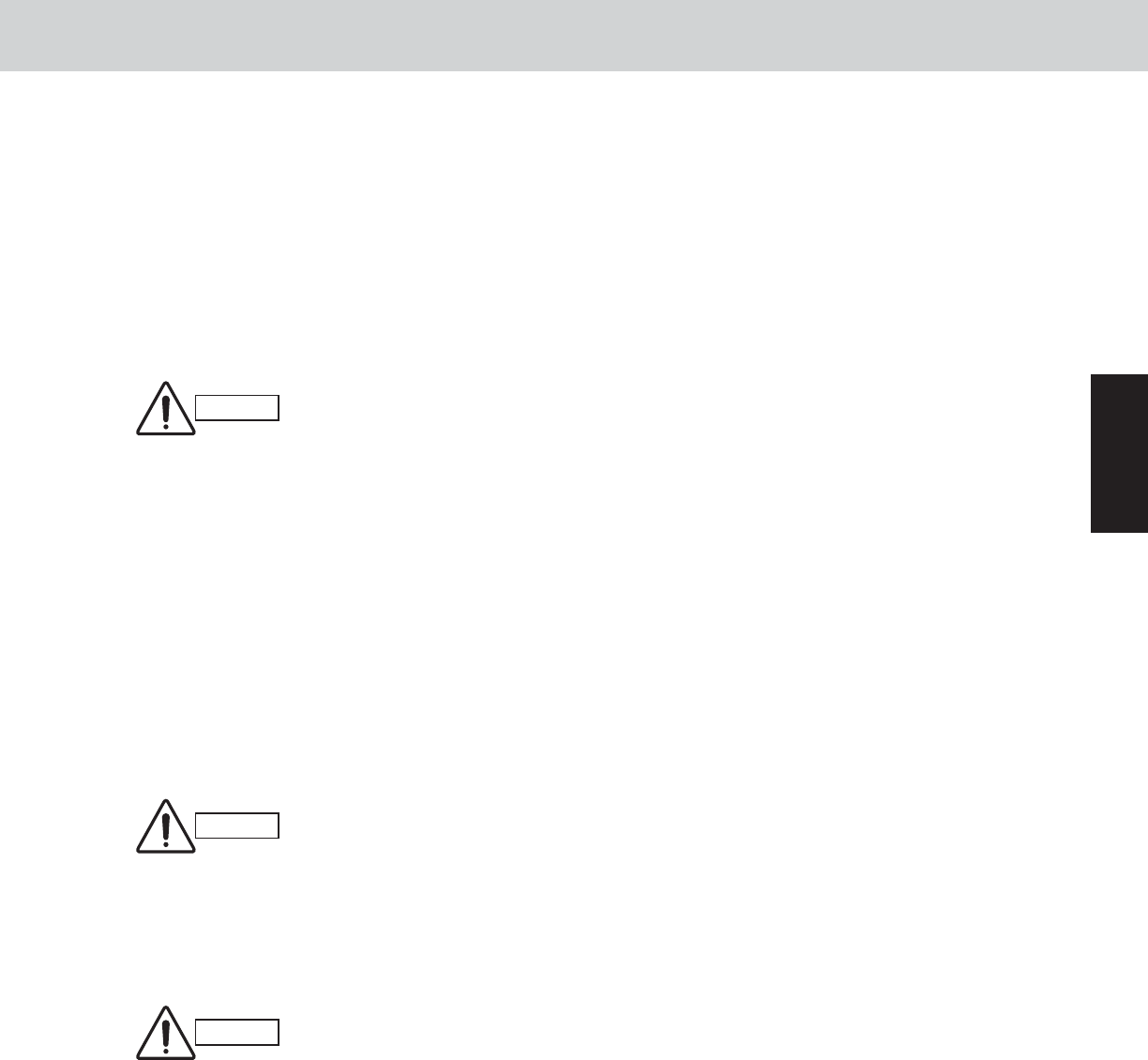
2
2 - 25
W-2WAY ECO-i SYSTEM
Outdoor Unit Repair Procedures
10. Compressor
10-2-2. Replacing all compressors in a failed unit
(1) Follow the instructions in “3. Discharging Compressor Oil” and drain the oil from the oil separator in the failed
unit. Measure the amount of drained oil.
(2) If backup operation is required, follow the instructions in “4. Backup Operation” and engage backup operation.
(3) Follow the instructions in “10-3. Removing and Installing Compressors” and replace all compressors in the
failed unit.
(4) Fully close the high- and low-pressure gauge valves on the manifold gauge, then stop the vacuum pump.
(5) Disconnect the manifold gauge from the vacuum pump. Connect the manifold gauge to the refrigerant cylinder.
At this time, be careful that air does not enter the tubing.
Do not reuse the recovered refrigerant. Use a refrigerant cylinder that contains new
refrigerant.
(6) Open the valve on the refrigerant cylinder, and open the high-pressure gauge valve on the manifold gauge (with
the low-pressure gauge valve closed). When charging has been completed with an amount of new refrigerant
equal to the amount of recovered refrigerant, or when charging with the same amount of new refrigerant has
not been completed but no more refrigerant will enter the unit, fully close the high-pressure gauge valve on the
manifold gauge. Next, turn the power OFF at the repaired outdoor unit, then remove the short circuit at the AP
pin (CN102). Finally, fully open all valves on the gas tube, liquid tube, and balance tube.
However, leave the balance tube fully closed if only a single outdoor unit is installed.
(7) If backup operation was engaged, follow the instructions in “4. Backup Operation” and perform backup opera-
tion recovery.
(8) If charging with an amount of new refrigerant equal to the amount of recovered refrigerant was not possible,
fully close the high-pressure gauge valve on the manifold gauge. Then, while the unit is operating according
to “5-2-1. Cooling operation (for all units),” open the low-pressure gauge valve on the manifold gauge and
charge with the designated amount of refrigerant.
When charging with liquid refrigerant, add refrigerant a little at a time in order to
prevent liquid back-flow.
(9) Fully close the low-pressure gauge valves on the manifold gauge, follow the instructions in “8. Charging Com-
pressor Oil,” and charge with the necessary amount of oil. Also add an amount of oil that is equivalent to the
amount that was drained from the oil separator.
(10) Remove the manifold gauge.
The connecting port employs a Schrader-type push-to-release valve. When discon-
necting the hose, pressure will be applied from the refrigerant in the outdoor unit.
(11) Follow the instructions in “10-2-4. Dry core cleaning” and perform dry core cleaning of the outdoor unit that
failed.
CAUTION
CAUTION
CAUTION


















